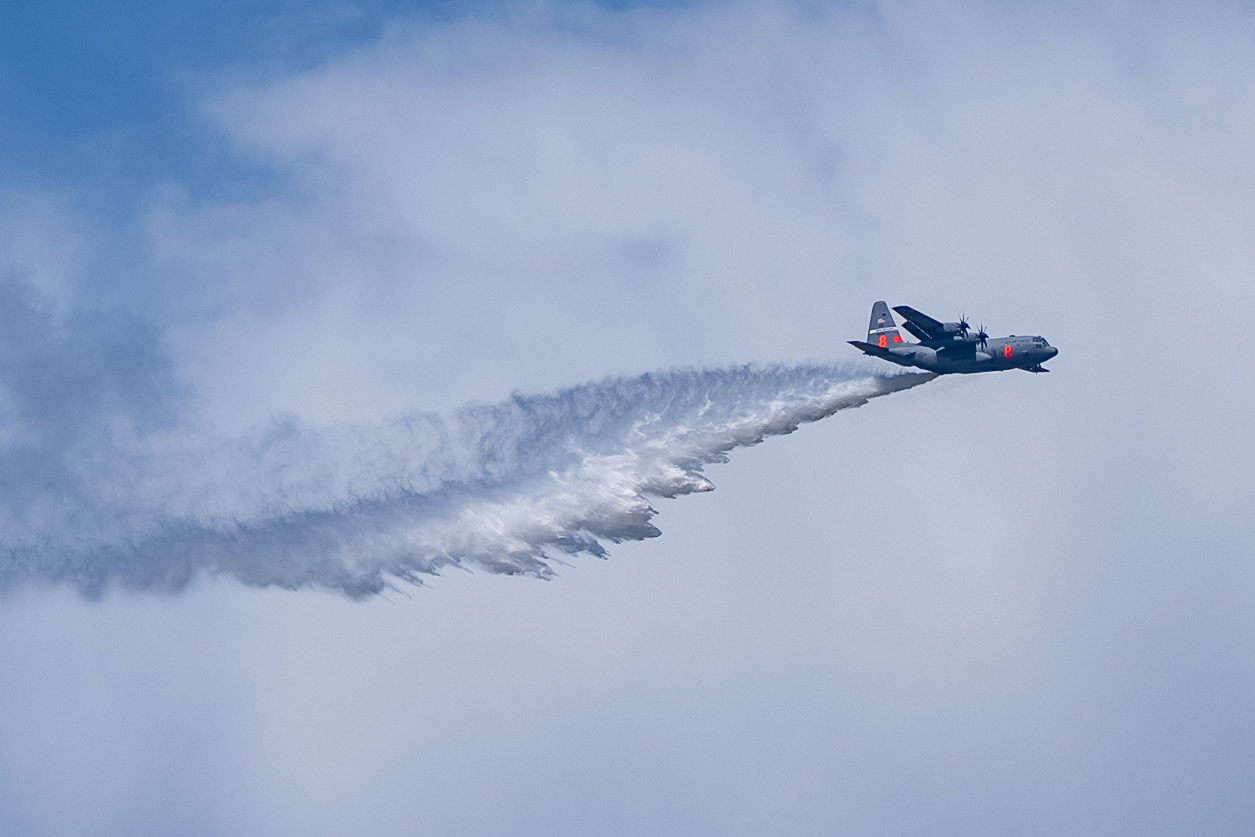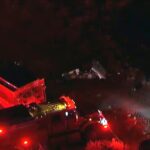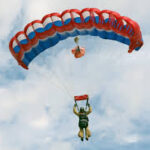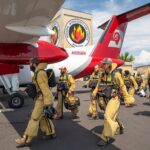
152nd Airlift Wing Public Affairs
Story by Master Sgt. Garrett Wake
Channel Islands Air National Guard Station, Calif — The 152nd Airlift Wing (Nevada) and 153rd Airlift Wing (Wyoming) participated in Modular Airborne Fire Fighting System, or MAFFS, spring training here from April 11 – 16, 2023.
Several flight crews from both Air National Guard units flew continuous rotations of sorties during daylight hours throughout the week-long exercise. Each flight crew spent about an hour and a half per sortie, traveling out to nearby mountainous areas and conducting water drops in the same manner as they would if there were a real wildfire.
Military C-130s are used as a surge capacity when civilian firefighting aircraft are over tasked and additional support is needed. This training allows the C-130 crews to become MAFFS certified, allowing them to respond to aerial firefighting missions, when requested.
“[MAFFS] augments our capabilities when our aircraft and commercial aircraft are fully committed,” said Kim Christensen, Deputy Director of Operations with the U.S. Forest Service and MAFFS Liaison Officer (MLO), speaking on the Air Force’s capacity to provide aerial firefighting capability when required.
Many of the air, ground, and support personnel who make this training possible are U.S. Forest Service personnel.
This year’s training was split between two separate weeks to accommodate the four military units that participate in the MAFFS program across the western U.S. The Nevada and Wyoming Air National Guards trained here this week, and the Air National Guard’s 146th Airlift Wing (California) and Air Force Reserve’s 302nd Airlift Wing (Colorado) will train in May of this year.
“Right now we have two units, four aircraft, training for our upcoming fire season. We call this spring training,” said Maj. Kyle Zust, 152nd Airlift Wing pilot. “We get our proficiency back, and all of our air crew current before we go out to the real environment during a fire.”
The Air National Guard is not the only unit training and certifying this week. The U.S. Forest Service flies the lead planes, which direct the military C-130s into the proper flight pattern when dropping retardant, or water, which is used during this training. Support staff from several federal and state agencies, including the Forest Service, Bureau of Land Management, CAL FIRE, and others, train alongside their military counterparts to be prepared to fight wildfires alongside one another.
“What we want to do is create that symbiotic relationship between the MLO and the military mission commander, the ramp personnel, and the pilots,” said Robin Patterson, MLO trainee with the U.S. Forest Service. “It’s a very dangerous mission. By the time MAFFS is requested, generally speaking, we are in a situation where resources are running thin and there is no time to learn to speak each other’s language.”
Patterson has been with the MAFFS program for more than 15 years and has learned the many facets of the mission since then.
“There is a lot of work behind the scenes, the operations, logistics, finance, lodging, transportation, pulling all of these people together,” said Patterson. ”It’s not nearly as exciting as seeing the retardant drop, but without these support people, it wouldn’t be possible.”
Throughout the week, air crews flew a total of 53 sorties totaling 78 hours of flight time, while dropping 102,500 gallons of water over 242 practice drops. 100 aircrew members were certified for the MAFFS mission during this iteration of training. This annual training is funded by the U.S. Forest Service.









